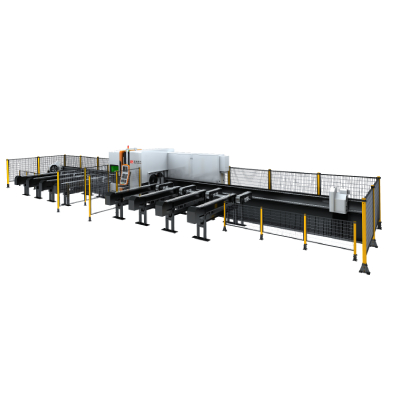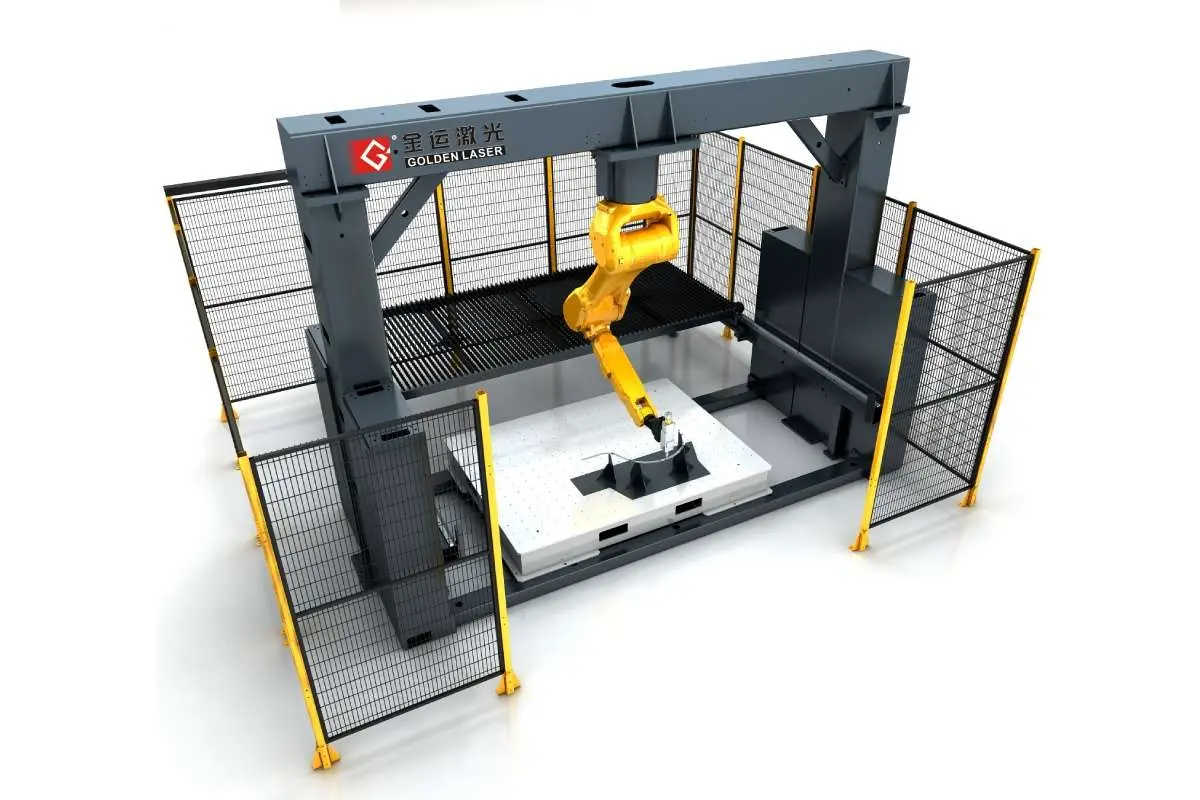****
In the realm of modern manufacturing, precision and efficiency are paramount. Among the various technologies available, laser cutting machines for steel have emerged as a transformative solution that enhances productivity while ensuring high-quality cuts. This article delves into the advantages and applications of laser cutting machines for steel, showcasing how they revolutionize the metalworking industry and contribute to various sectors.
The Technology Behind Laser Cutting Machines
Laser cutting machines utilize a focused beam of light, generated by a laser, to cut through materials with exceptional precision. These machines are particularly effective for steel cutting, where the power and accuracy of laser technology can be fully leveraged. The laser cuts through steel by melting, burning, or blowing away material. There are various types of lasers used in the cutting process, including CO2 lasers, fiber lasers, and Nd:YAG lasers, each with its unique advantages.
Advantages of Laser Cutting Machines for Steel
1. **Precision and Accuracy**: One of the most significant benefits of using laser cutting machines for steel is their ability to produce intricate designs with high precision. The fine-cutting ability allows for complex shapes and patterns that would be challenging to achieve using traditional methods.
2. **Speed and Efficiency**: Laser cutting machines can operate at high speeds, significantly reducing production time. This increase in efficiency often leads to lower costs per part, making it an attractive option for manufacturers operating on tight schedules and budgets.
3. **Minimal Material Waste**: The narrow cutting width of laser beams reduces material wastage, making it an environmentally friendly option. Manufacturers can optimize material usage, leading to lower costs and a smaller environmental footprint.
4. **Versatility**: Laser cutters can handle a variety of materials, including different grades and thicknesses of steel, as well as non-metal materials like plastics, wood, and composites. This versatility makes them an excellent investment for businesses that require flexibility in their production processes.
5. **Automation and Integration**: Modern laser cutting machines can easily integrate with computer numerical control (CNC) systems, allowing for automated cutting processes. This automation not only minimizes human error but also enhances overall efficiency by allowing for continuous operation.
6. **Reduced Heat-Affected Zone**: Compared to traditional cutting methods, laser cutting produces a smaller heat-affected zone (HAZ), which helps to maintain the integrity of the steel. This feature minimizes warping and deformation in the material, ensuring that cuts are clean and precise.
Applications of Laser Cutting Machines for Steel
1. **Automotive Industry**: In the automotive sector, laser cutting machines are used to create components such as brackets, panels, and frames with high precision. The ability to cut complex shapes allows for innovative designs that improve aerodynamics and fuel efficiency.
2. **Aerospace Manufacturing**: The aerospace industry relies on laser cutting technology to produce lightweight yet strong components. Precision is critical in this field, as even small errors can have significant consequences. Laser cutting machines ensure that parts meet strict design specifications.
3. **Architecture and Construction**: Laser cutting machines are increasingly popular in the architectural field for creating decorative elements, protective facades, and structural components. The accuracy of laser cutting allows architects to bring their intricate designs to life.

Exploring the Advantages and Applications of Laser Cutting Machines for Steel in Modern Manufacturing Processes
4. **Electronics and Electrical Engineering**: In the electronics field, laser cutting is used to manufacture enclosures, heat sinks, and other components that require precision and cleanliness. The ability to achieve tight tolerances is essential for successful electronic designs.

Exploring the Advantages and Applications of Laser Cutting Machines for Steel in Modern Manufacturing Processes
5. **General Metal Fabrication**: Laser cutting machines are integral to general metal fabrication workshops. They can produce signs, frames, enclosures, and various other products needed for industrial applications.

Exploring the Advantages and Applications of Laser Cutting Machines for Steel in Modern Manufacturing Processes
Conclusion
Laser cutting machines for steel represent a significant technological advancement in the manufacturing landscape. Their precision, efficiency, and versatility make them indispensable for numerous industries. As technology continues to evolve, the capabilities and applications of laser cutting machines will undoubtedly expand, further enhancing the efficiencies and possibilities within metal fabrication. Businesses that incorporate this cutting-edge technology are better positioned to meet the demands of modern manufacturing and maintain a competitive edge in their respective markets. Bronze Plate Fiber Laser Cutting Machine
